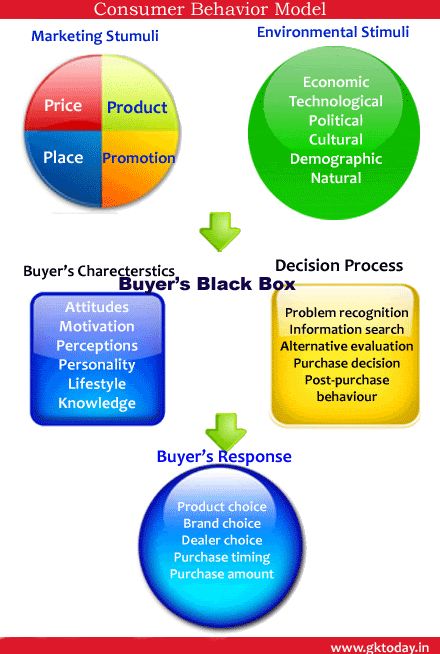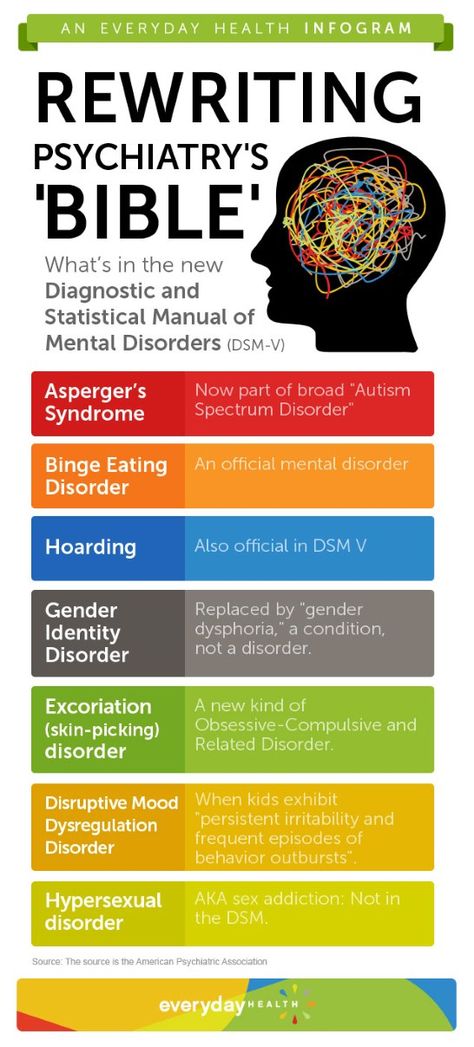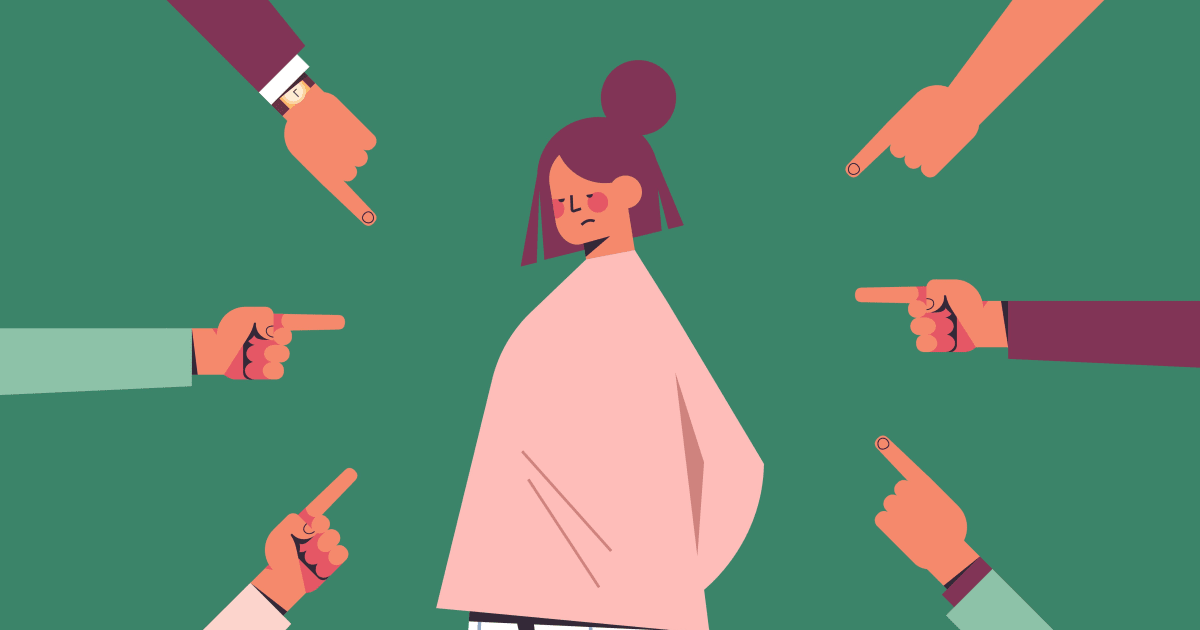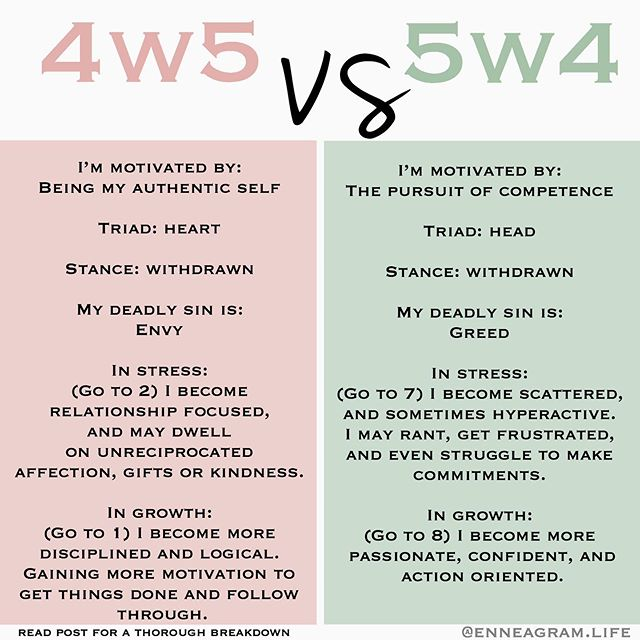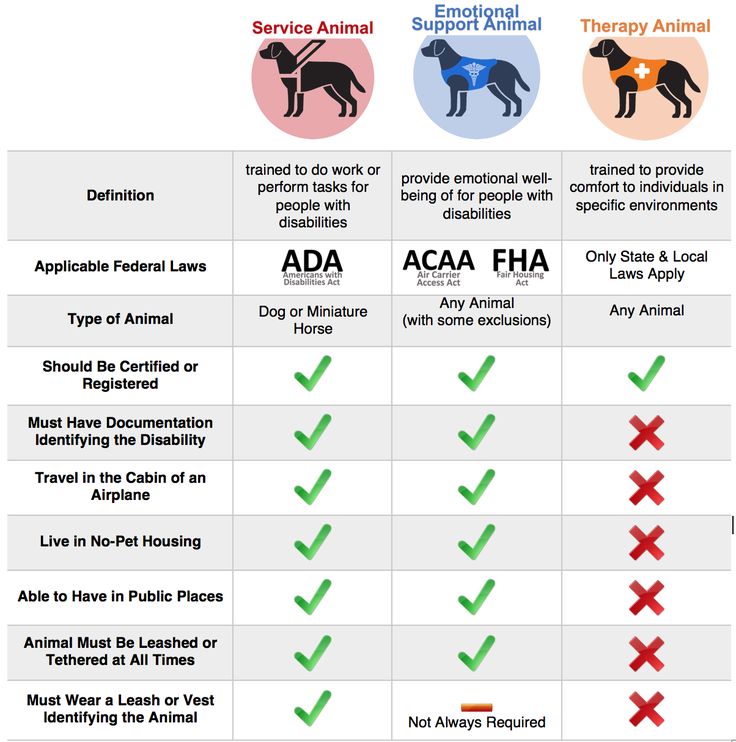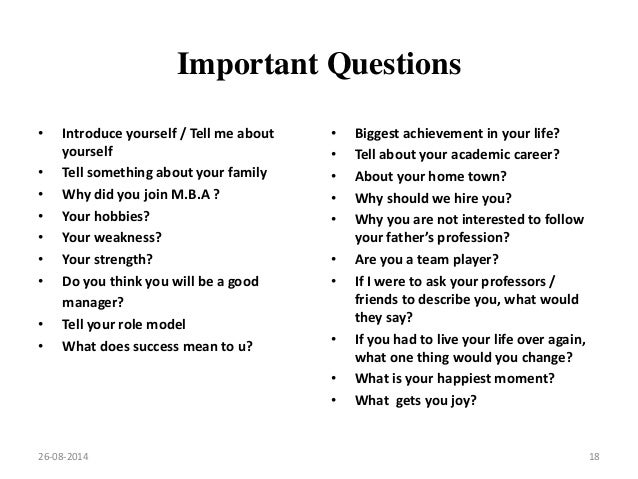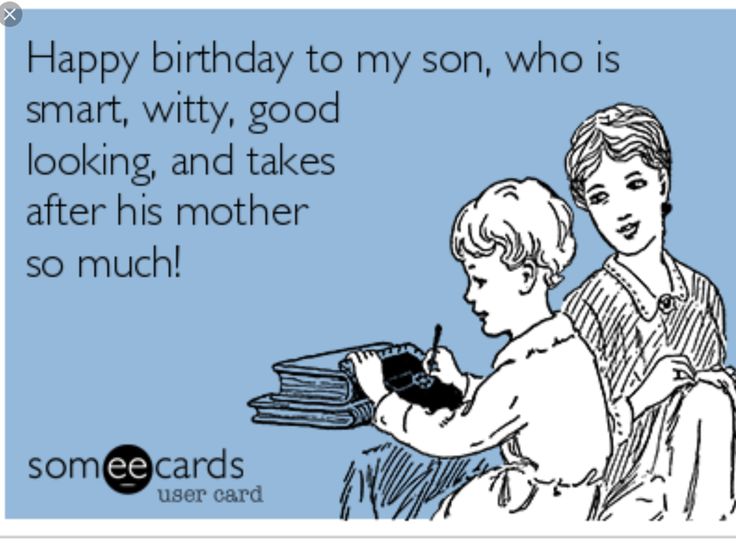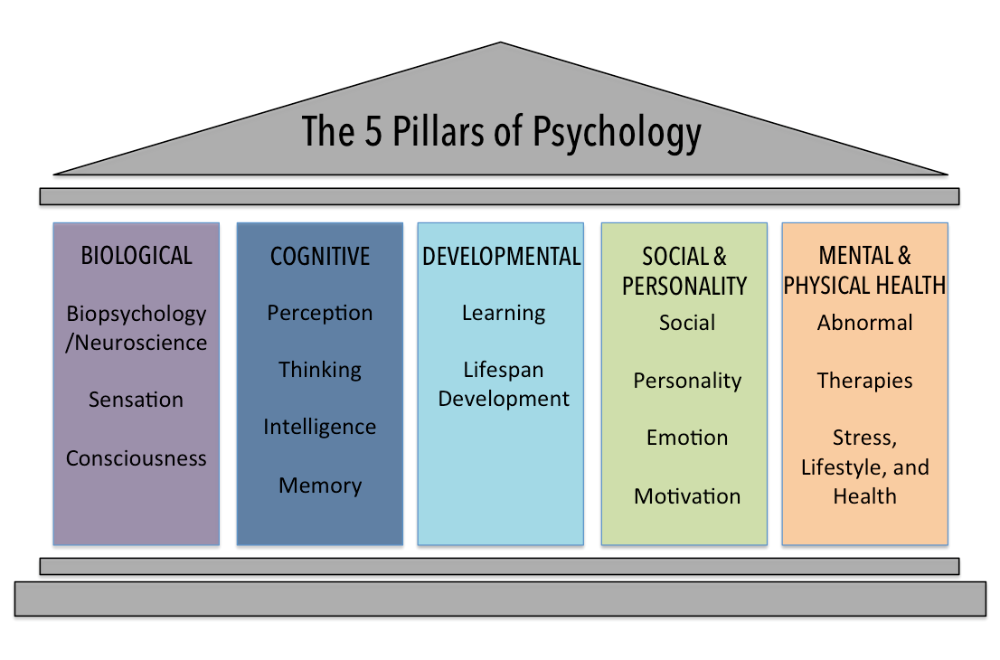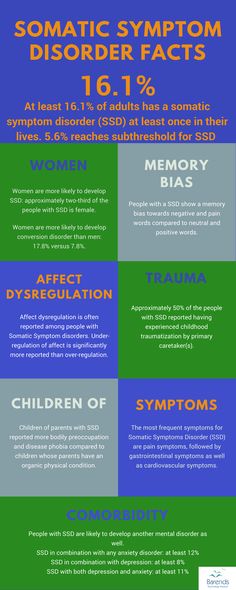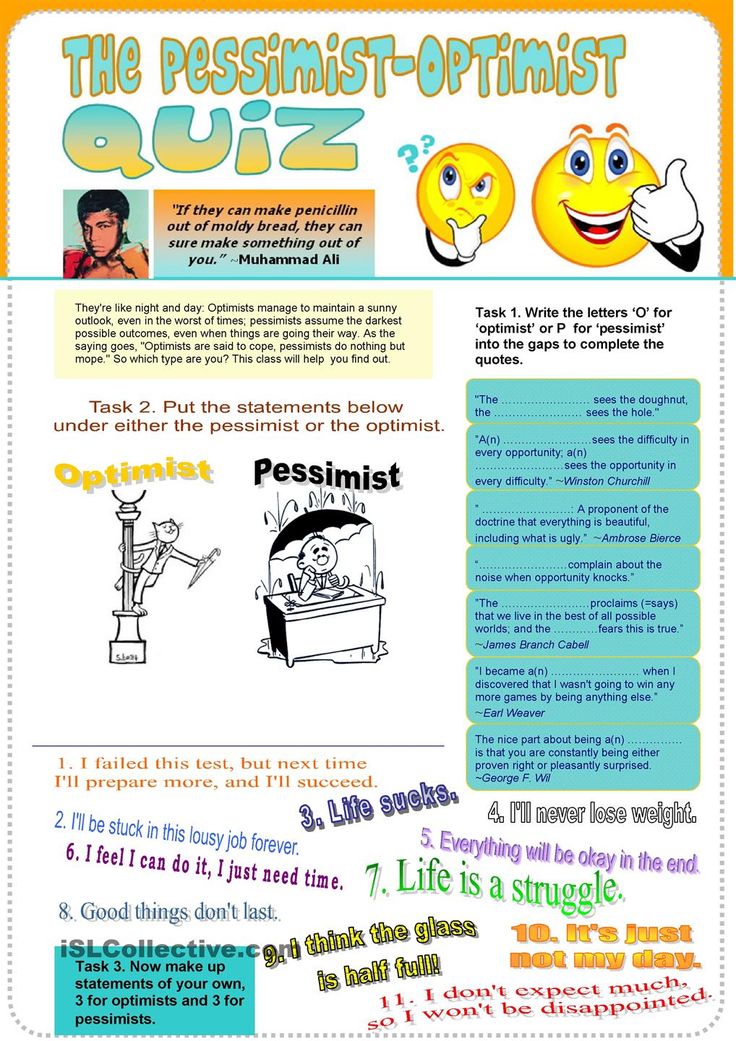Types of personality in consumer behaviour
Using the Big 5 Personality Traits to Understand Consumers
What makes up your personality? Are you extroverted or introverted? Some may say personality starts with whether you’re one or the other. Others will add to that and say it’s influenced by your temperament or general nature too.
Our personality, regardless of what it truly is, affects our behavior. So it’s not surprising to find that many psychologists’ research on personality has given birth to trait theory. Trait theory is the study of human personality as it relates to their behavior, thoughts, and emotions. The big 5 personality traits are a result of trait theory and unlike the Buzzfeed quizzes we know and love, it’s likely a more accurate description of personality—and more useful as a result.
Defining the Big 5 Model
Though it’s not entirely clear, the big 5 model for personality first emerged in the 1960’s. However, it became a more researched and advanced model in the 1990’s as more psychologists began studying it. Today, it’s a robust, empirical, data-driven model.
Many modern psychologists utilize the big 5 model because it can apply universally and it provides a measurable means to understanding personality. The point of it is to measure the degree to which particular personality traits are expressed in an individual. In other words, you exhibit each of the five traits, but at varying levels. Essentially, this model helps you, and others, understand what makes you tick.
The Big 5 Personality Traits
Sometimes referred to as OCEAN, CANOE, or the five-factor model, the big 5 model encompasses five key attributes of a personality. Those five traits are openness, conscientiousness, extraversion, agreeableness, and neuroticism.
- Openness means being open to experiencing new or different things. Those who score high on this trait tend to be intellectually curious, willing to try new things, and more creative or unconventional. Those who score low on this trait are usually opposed to change and struggle with abstract thought.

- Conscientiousness refers to acting in an organized or thoughtful way. Those who score high on conscientiousness tend to be self-disciplined, strive for achievement, and follow a plan or schedule. Scoring low on this trait, you may be more unstructured in your approach to tasks and procrastinate more often.
- Extraversion is seeking stimulation in the company of others. Those who score high on this trait don’t mind being the center of attention and tend to be very social and energetic. Those who score low on extraversion often prefer to be alone and may be anxious in social situations.
- Agreeableness entails being compassionate and cooperative towards others. Those who score high on agreeableness tend to get along well with people and are more sympathetic and caring. Those who score lower on this trait can be less empathetic and seem uninterested in others.
- Neuroticism refers to emotional sensitivity—particularly when it comes to environmental or situational factors.
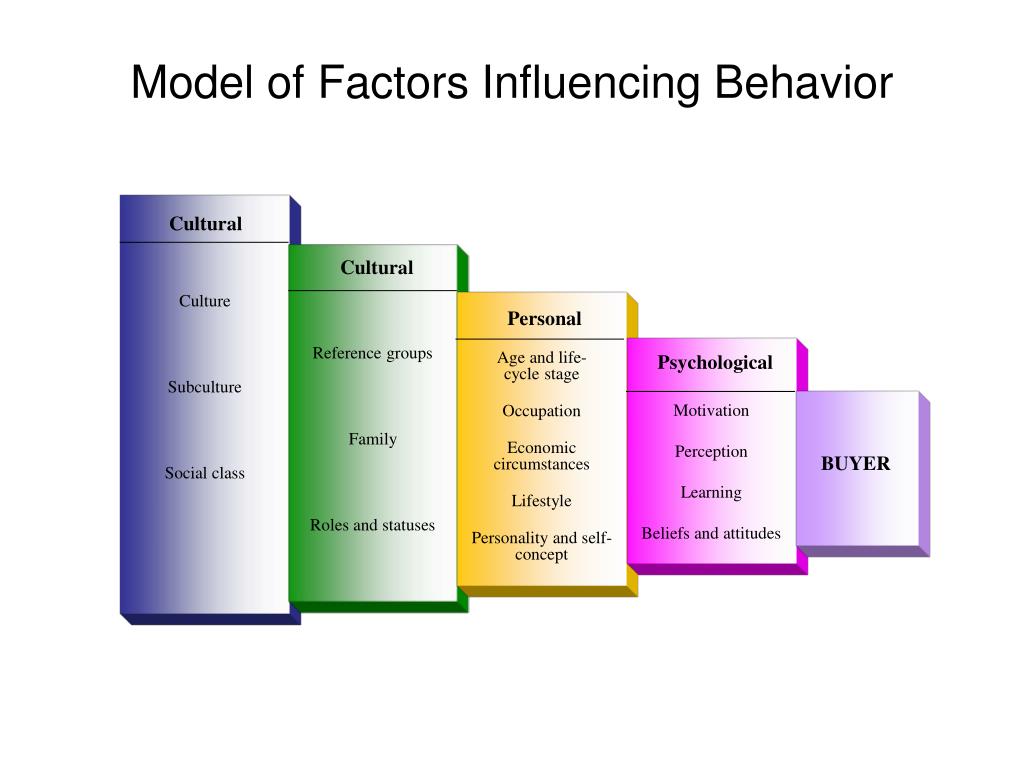 Those who score high for this trait can be easily stressed and sometimes come off as worry-warts. Those who score low on neuroticism, on the other hand, tend to be more emotionally grounded and laid-back.
Those who score high for this trait can be easily stressed and sometimes come off as worry-warts. Those who score low on neuroticism, on the other hand, tend to be more emotionally grounded and laid-back.
Curious to see where you land? There are a variety of big 5 tests available online to understand where you score on these traits. And don’t worry, if you’re unhappy with any of your scores, it doesn’t mean you’ll be that way forever. As people mature or modify their lifestyle, their scores can adjust—it’s not all biological. Personality can be influenced by environmental factors too. Thus, the old saying nature versus nurture comes into play.
Either way, you can see the big 5 model is a great way to understand more about a person. As a result, employers often use the big 5 personality test to ensure new employees fit with a team—or employees can use it to understand more about what career path they should take. But we feel the big 5 model has a bigger purpose when it comes to marketing, market research, and understanding consumers.
Leveraging the Big 5 in Marketing Research
As noted, the big 5 personality model helps to understand what makes a person tick. Specific to marketing, understanding personality can help identify and draw conclusions about consumer preferences, habits, and motivations. If you think about that in the context of new products, branding, and advertising, it’s easy to see how leveraging the big 5 is a no-brainer.
In fact, Proceedings of the National Academy of Sciences provides evidence for how psychological targeting—such as targeting by personality—is a proven approach to persuasion. Their research tests the difference between targeting viewers with ads based on whether they are extroverted or introverted: results show that when targeting viewers based on this, conversion rates double.
This shouldn’t be surprising—people are attracted to things that exhibit similar personalities to them or brands that represent the way they are. Thus, it’s so important to execute marketing activities as it relates to a target audience’s personality traits.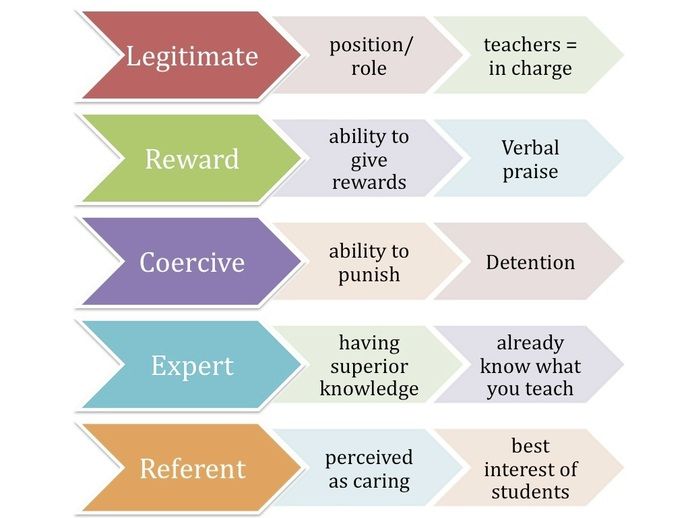 You wouldn’t target those who are high in one trait the same as those who are low in it. For example, say a brand was looking to create ads for a new pair of yoga pants. Women high in extraversion are likely to relate to the first ad below. Women low in extraversion, but high in conscientiousness, would likely relate more to the second ad.
You wouldn’t target those who are high in one trait the same as those who are low in it. For example, say a brand was looking to create ads for a new pair of yoga pants. Women high in extraversion are likely to relate to the first ad below. Women low in extraversion, but high in conscientiousness, would likely relate more to the second ad.
In fact, we recently conducted a study that leverages big data and survey data to gain a deeper understanding of consumers by incorporating a variety of insights, including personality. From this research, we found the favorable audience for a brand’s new product concept scored highest on agreeableness.
Using this insight, in addition to other data, we were able to help this particular brand determine what communications to use in their messaging and creative. In this case, the brand should highlight how the product aids the consumer in helping their family and promote any higher causes they support within messaging.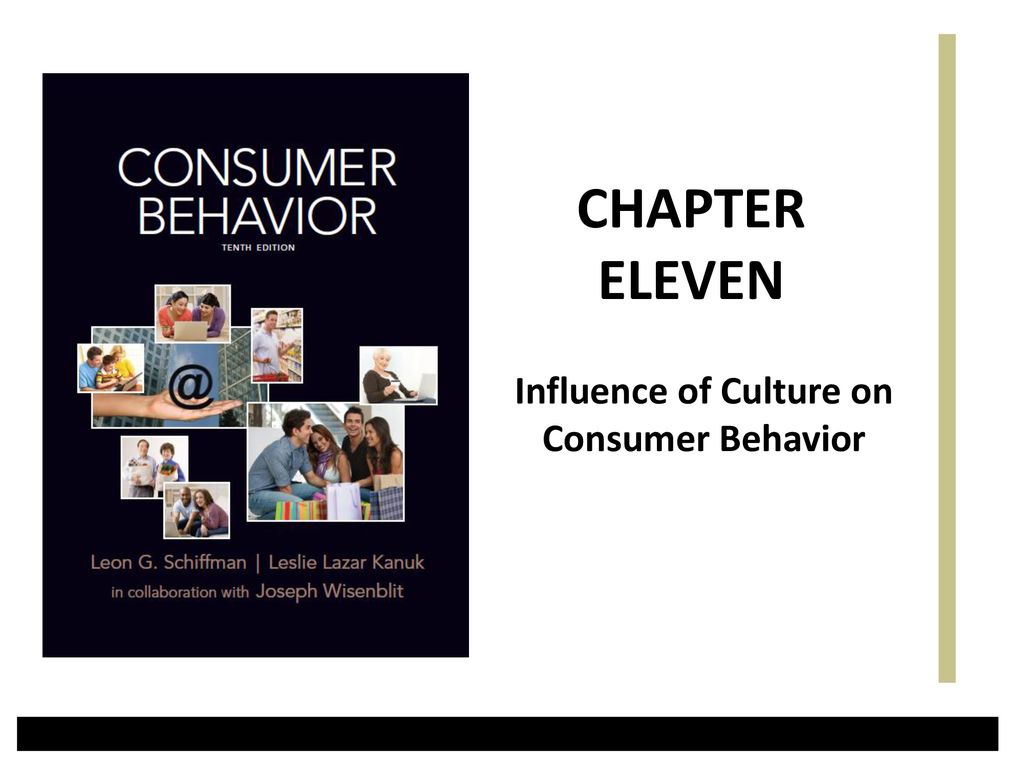
To see the entire personality profile of this brand’s audience and our messaging recommendations, download the full report below. You’ll see, at a deeper level, how personality is instrumental to how we behave. You’ll also learn how brands can become more effective in their messaging and targeting as a result of learning more about their consumers’ personalities.
Nature, Theories and Life Style Concept
ADVERTISEMENTS:
Read this article to learn about the nature, theories, personal values and life style concept of personality of a consumer.
Nature of Personality:Personality has many meanings. In consumer studies, personality is defined as consistent responses to environmental stimuli or we can also say patterns of behaviour that are consistent and enduring. An individual’s personality helps marketers to describe consumer segments as it provides for orderly and coherently related experiences and behaviour.
Personality characteristics may be a basis for product positioning.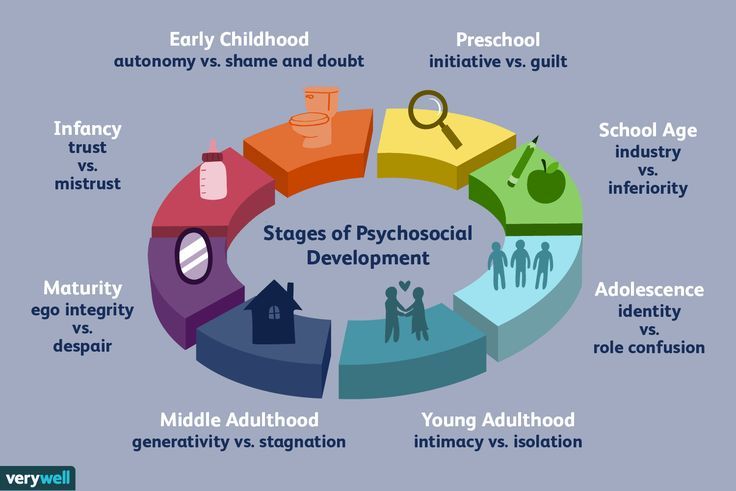 For example, one segment of the market may die because they want to stick to the group norms and therefore uses diet product. In contest another segment is on diet because of internal need.
For example, one segment of the market may die because they want to stick to the group norms and therefore uses diet product. In contest another segment is on diet because of internal need.
ADVERTISEMENTS:
Therefore, company’s positioning strategies will be different for both. For the first segment, they will portray group approval as a result of product use, whereas positioning for the second segment would portray individual achievement.
Personality Theories:Marketers have used three personality theories to describe consumers:
(1) Psychoanalytic theory or Freud’s theory –
(2) Sociopsychological theory.
ADVERTISEMENTS:
(3) Trait theory.
(1) Freud’s Theory:This theory was given by Sigmund Freud. Freud’s psychoanalytical theory stresses the unconscious nature of personality as a result of childhood conflicts. According to this theory, the human personality system consists of the id, ego, and superego and conflicts are derived from these three components.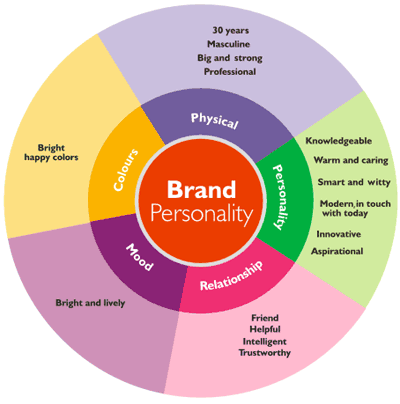
id:
The id is the source of psychic energy and seeks immediate gratification for biological and instinctual needs like hunger, sex, and self preservation. In other words, id is conceptualized as a warehouse of primitive and impulsive drives for which individual seeks immediate satisfaction without concern for the specific means of satisfaction. The id operates on one principle, directing behaviour to achieve pleasure and to avoid pain. The id is entirely unconscious with no objective reality.
ADVERTISEMENTS:
Superego:
Superego is the individual’s internal expression of society’s moral and ethical codes of conduct. This means superego is the leash on the id and works against its impulses. It does not manage the id but restrains it by punishing unacceptable behaviour through the creation of guilt. It’s role is to see that individual satisfies needs in a socially acceptable fashion. So, superego is a kind of ‘brake’ that inhibits the impulsive forces of the id.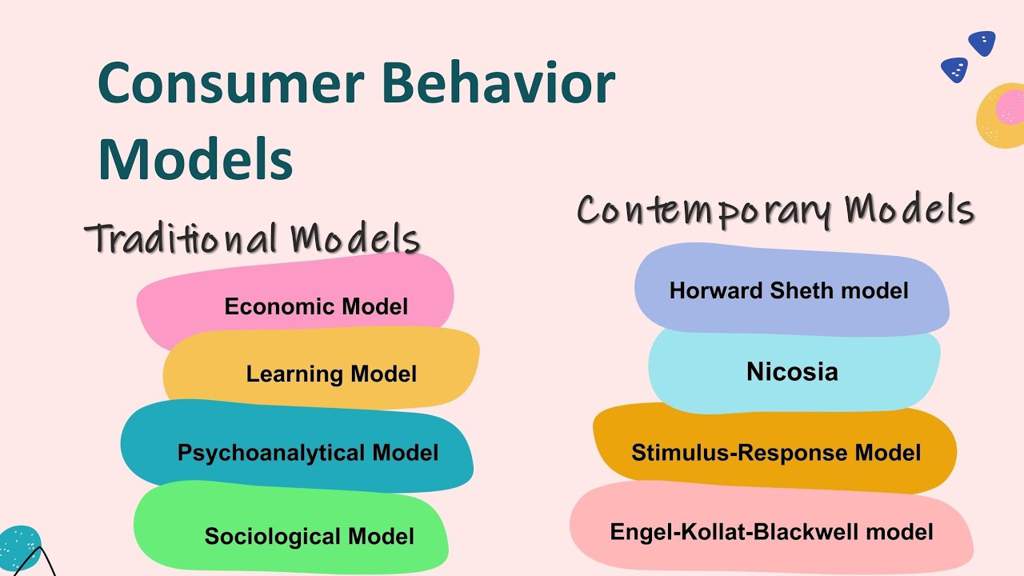
Ego:
The ego is the individual’s self-concept and is the manifestation of objective reality as it develops after interaction with the external world. Ego is the individuals conscious control and it functions as an internal monitor that attempts to balance the impulsive demands of the id and the socio-cultural constraints of the super ego.
ADVERTISEMENTS:
According to this theory, ego manages the conflicting demands of the id and superego. When the child manages these conflicts (sp. sexual conflicts) then this determinies the adult personality. But if conflicts are not resolved in childhood then this will result in defence mechanisms and will influence later behaviour. Defence mechanisms are the strategies that the ego uses to reduce tensions.
Motivational Research:
Researchers who apply Freud’s theory to marketing believe that id and superego operate to create unconscious motives for purchasing certain products. Although consumers are primarily unaware of their true reasons for buying what they buy.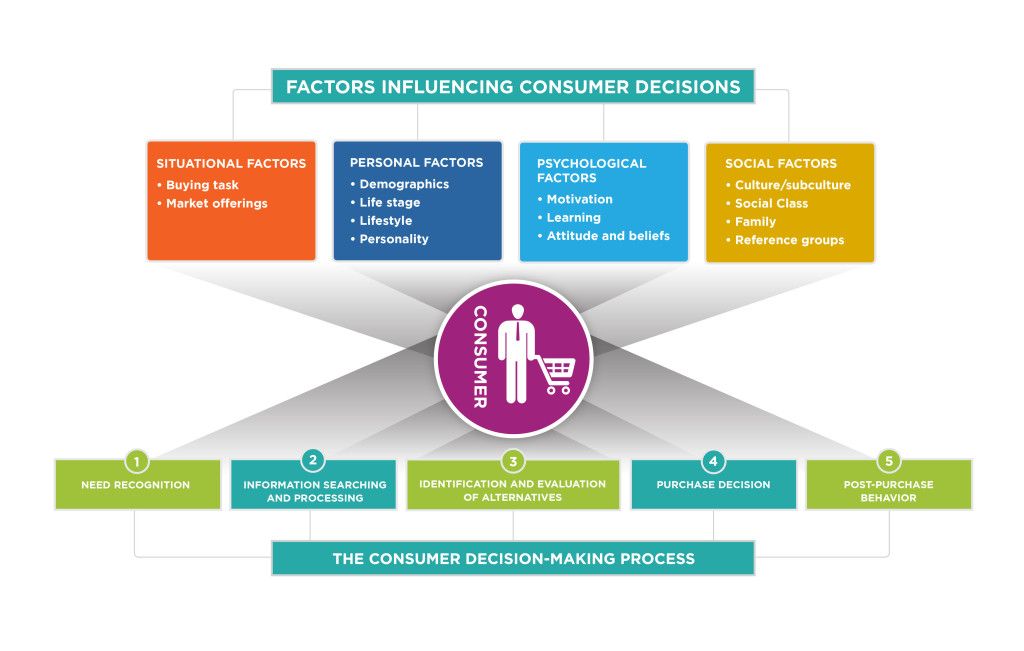 Focus of the marketers is on developing means to incomes these unconscious motives and applying psychoanalytical theory to marketing is known as motivational research.
Focus of the marketers is on developing means to incomes these unconscious motives and applying psychoanalytical theory to marketing is known as motivational research.
In motivational research, researchers try to uncover the deep – seated purchasing motives through indirect methods i.e., by researching small number of consumers. For marketing studies, depth interviews and projective techniques have been used frequently.
ADVERTISEMENTS:
Criticisms of Motivational Research:
Motivational research has been criticized for its lack of empiricism. Some also asks, whether advertising could or should influence deep – seated motives. The psychoanalytical approach may not be empirical, but motivational researchers were the first to argue that consumers are complex, devious, difficult to understand and driven by mighty forces of which they are unaware.
(2) Socio – Psychological Theory:According to this theory, the individual and society are interlinked. This theory disagrees with Freud’s contention that personality is primarily instinctual and sexual in nature. It is also known as the Neo – Freudian Personality Theory, researchers believe that social relationships are fundamental to the formation and development of personality.
This theory disagrees with Freud’s contention that personality is primarily instinctual and sexual in nature. It is also known as the Neo – Freudian Personality Theory, researchers believe that social relationships are fundamental to the formation and development of personality.
Alfred Adler was the foremost proponent of this social orientation. He emphasized that individual’s strive for superiority in a social context. This he called as style of life. He also emphasized on the individual’s efforts to overcome feelings of inferiority (i.e., they strive for superiority)
ADVERTISEMENTS:
Harry Stack Sullivan, stressed that people continuously attempt to establish significant and rewarding relationships with others. He was more interested with the individual’s efforts to reduce tensions such as anxiety.
Karen Horney was another social theorist. She believed that personality is developed as an individual learns to cope with basic anxieties that stems up from parent – child relationships.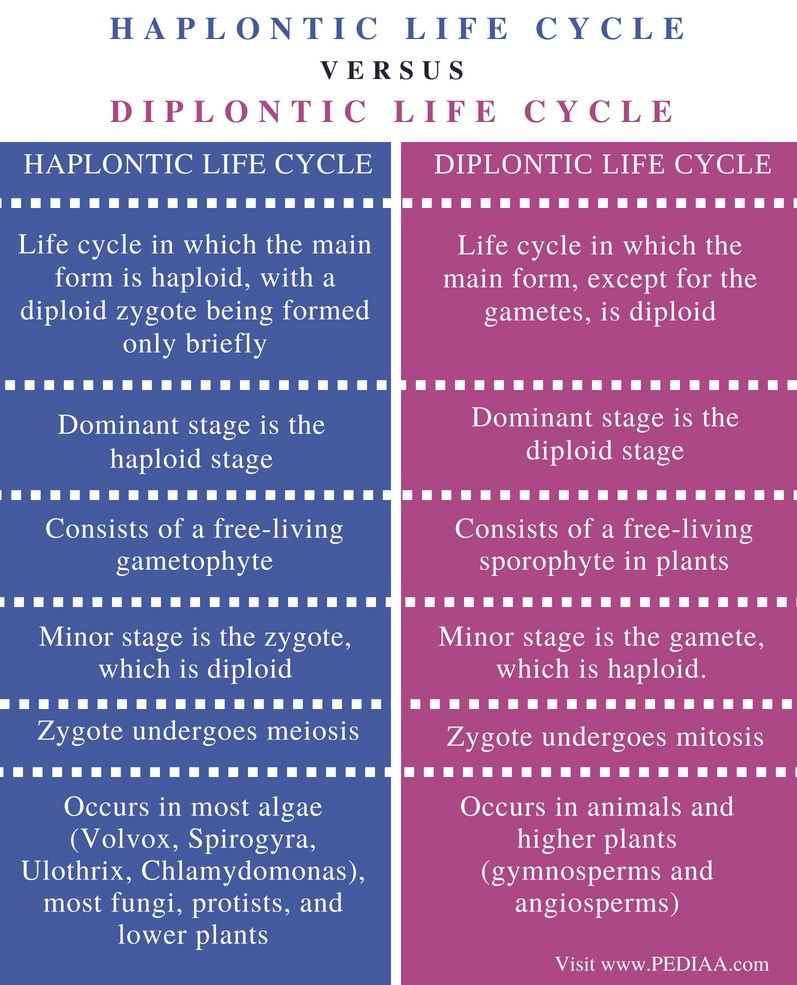
She proposed that individuals can be classified into three personality groups:
(a) Compliant:
ADVERTISEMENTS:
Those individuals who move toward others. They desire to be loved, wanted and appreciated.
(b) Aggressive:
Those individuals who move against others. They desire to excel and win admiration.
(c) Detached:
Those individuals who move away from others. They desire independence, self – sufficiency and freedom from obligations.
A personality test based on ‘Horney’s work’ was developed by cohen to explain purchase behaviour. Test name was compliance – aggressiveness – detachment (CAD) scale. He measured CAD using a 35 – item inventory, Cohen found that compliant types used more mouthwash, toilet soaps etc., aggressive types used more cologne and after – shave lotion, branded shirts, Old Spice deodorant etc. and detached type drank more tea and less beer.
ADVERTISEMENTS:
These findings suggest advertising the use of mouthwash or toilet soap as a means of social approval, advertising colognes and after – shaves as a means of social conquest and advertising tea in a nonsocial context.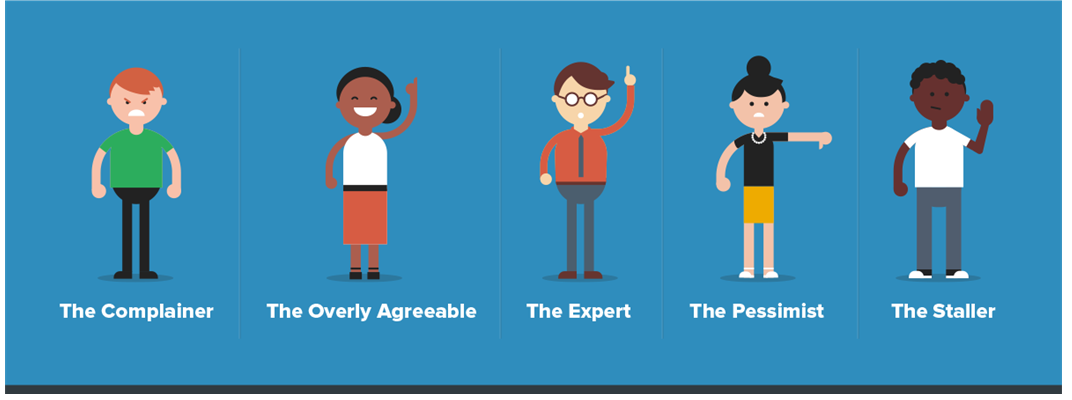
This scale is important as it is constructed for marketing applications and have a theoretical base in personality theory.
(3) Trait Theory:Trait theory has been used most widely for measuring personality because it is a quantitative approach. This theory states that an individual’s personality is composed of definite pre-dispositionsal attributes called traits. A trait can be defined as any distinguishable, relatively enduring way in which one individual differs from another. For example sociability relaxed style, amount of internal control.
Trait theorists construct personality inventories and ask respondents to respond to many items by agreeing or disagreeing with certain statements or expressing likes or dislikes for certain situations or types of people. These items then are statistically analysed and reduced to a few personality dimensions. This method is not like psychoanalytic and social theories and also do not determine personality traits.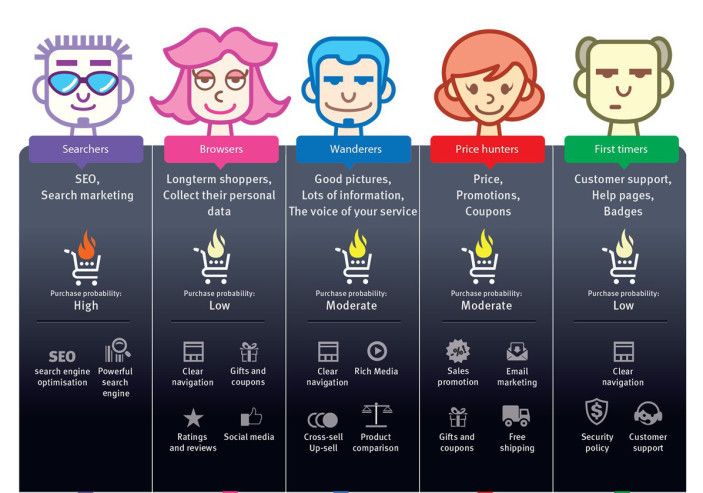
Single – trait personality tests which measure just one trait, such as self confidence are increasingly being developed specifically for use in consumer behaviour studies. These personality tests can be designed according to the need to measure traits such as consumer innovativeness, consumer susceptibility to interpersonal influence (like SUSCEP helps in knowing how consumers respond to social influence), consumer materialism (means try to assess degree of consumer’s attachment to “world” possessions), and consumer ethnocentrism (like CETSCALE – identifies consumer’s likelihood to accept or reject foreign – made products).
Researchers have learned that it is generally more realistic to expect personality to be clinked to how consumers make their choices and also to the purchase or consumption of a broad product category either than a specified brand.
How to Predict Buyer Behaviour?This is a very pertinent question for marketers and it has been the objective of most personality research.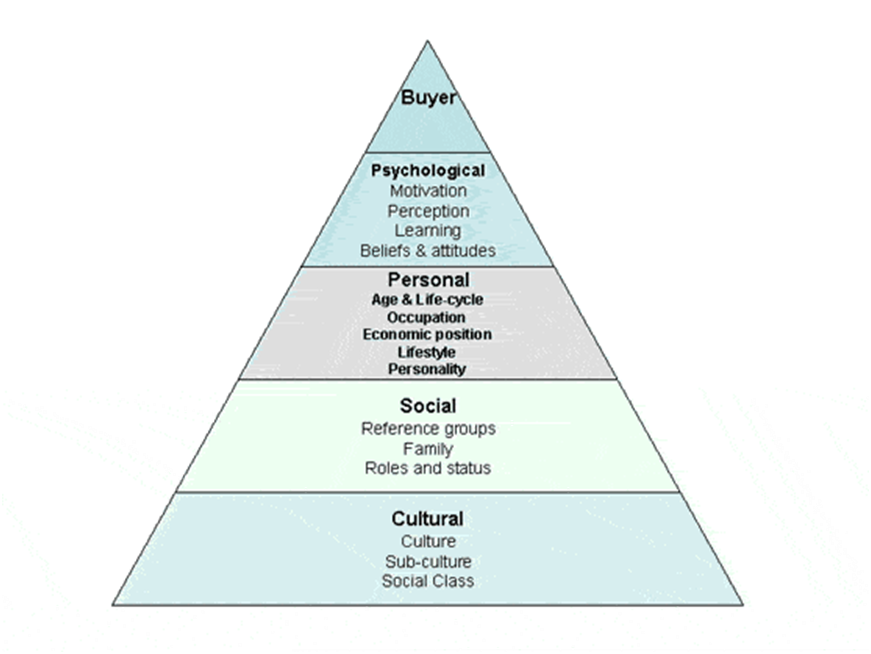 Psychologists and other behavioural scientists have theorized that personality characteristics should predict brand or store preference and other types of buyers activity.
Psychologists and other behavioural scientists have theorized that personality characteristics should predict brand or store preference and other types of buyers activity.
ADVERTISEMENTS:
We can classify them into two major categories:
(a) Consumer innovativeness and their susceptibility to interpersonal influence.
(b) Cognitive personality factors and interrelated consumption and possession traits.
(a) Consumer Innovativeness and Their Susceptibility to Interpersonal Influence:There are various personality traits that have helped in differentiating between consumer innovator and non innovators.
Consumer innovativeness means how receptive consumers are to new products / services so that both consumers and marketers can be benefited from the right innovation. For measuring their researchers have designed certain instruments because personality – trait measure provide insights into the nature of consumer’s willingness to innovate.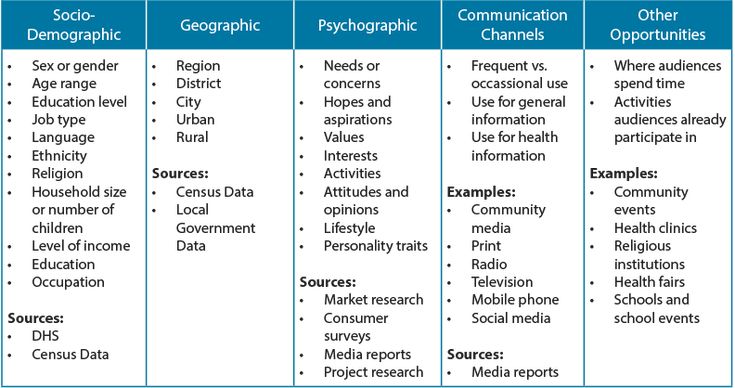
ADVERTISEMENTS:
For eg – statements like:
i. In my group, I am the last to buy a new_________ when it comes in the market.
ii. I know the names of_______ before other people do.
Above type of statements are used while measuring consumer innovativeness on a 5 – point “agreement” scale.
Dogmatic persons are those who display rigidity towards the unfamiliar and toward information that is contrary to their own established beliefs. Consumers who are low in dogmatism are more likely to prefer innovative products to established alternatives. In contrast, highly dogmatic consumers are more likely to choose established rather than innovative product alternatives.
Social character is a personality trait that ranges on a continuum from inner – directedness to other – directedness. Inner directed people seem to prefer ads that stress product features and personal benefits (i.e., uses their own values & standards in evaluating products), while other directed people seem to prefer ads that feature social acceptance.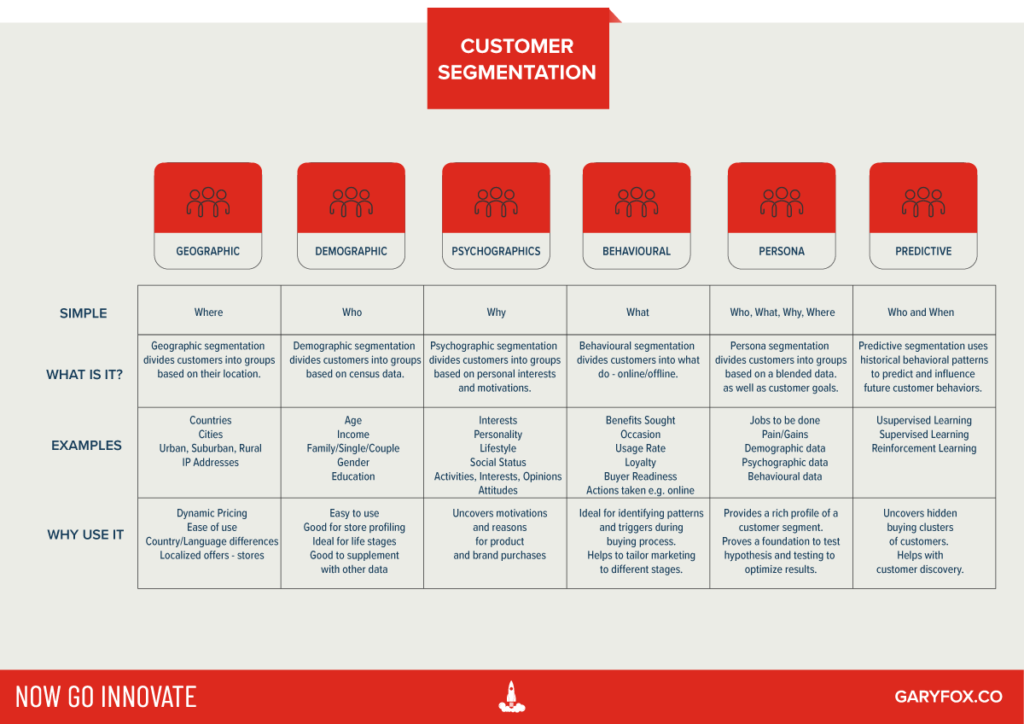 This means both can be attracted but with different promotional messages but other – directed can be more easily influenced.
This means both can be attracted but with different promotional messages but other – directed can be more easily influenced.
ADVERTISEMENTS:
Variety – novelty seeking are of many types: exploratory purchase behaviour (brand switchers for experiencing new and better alternative), vicarious exploration (where the consumer stores about new information and then day dreams about the option) and use innovativeness i.e., where the consumer uses and already adopted product in a new or novel way.
Hence this indicates that the consumer innovator differs from the non innovator in terms of personality traits and knowledge of these differences should help marketer select target segment and design promotional strategies.
Consumer researchers are also interested in knowing the traits of the consumers who are likely to be responsive to the influence of others. They have developed a 12-item scale (called “SUSCEP”) designed to measure consumers susceptibility of interpersonal influence.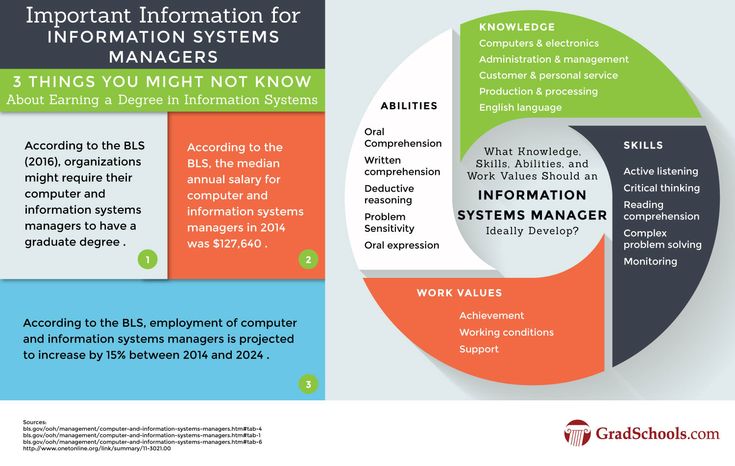 According to this theory, there are three types of interpersonal influence
According to this theory, there are three types of interpersonal influence
i. Information influence – the tendency to accept information from others as evidence about reality.
ii. Value – expressive influence – the consumers desire to enhance their standing with others by being similar to them.
iii. Utilitarian influence – the consumers confirm with the wishes of others in order to obtain a reward or avoid punishment.
ADVERTISEMENTS:
Testing of the SUSCEP scale shows that individuals who scored higher on susceptibility to interpersonal influence were less confident than consumers who scored lower on susceptibility to interpersonal influence. The SUSCEP measure is useful in examining how social influence operates to encourage and discourage the acceptance of new products and services.
(b) Congitive Personality Factors and Interrelated Consumption and Possession Traits:Researchers are very much interested in knowing how cognitive personality factors influence various aspects of consumer behaviour.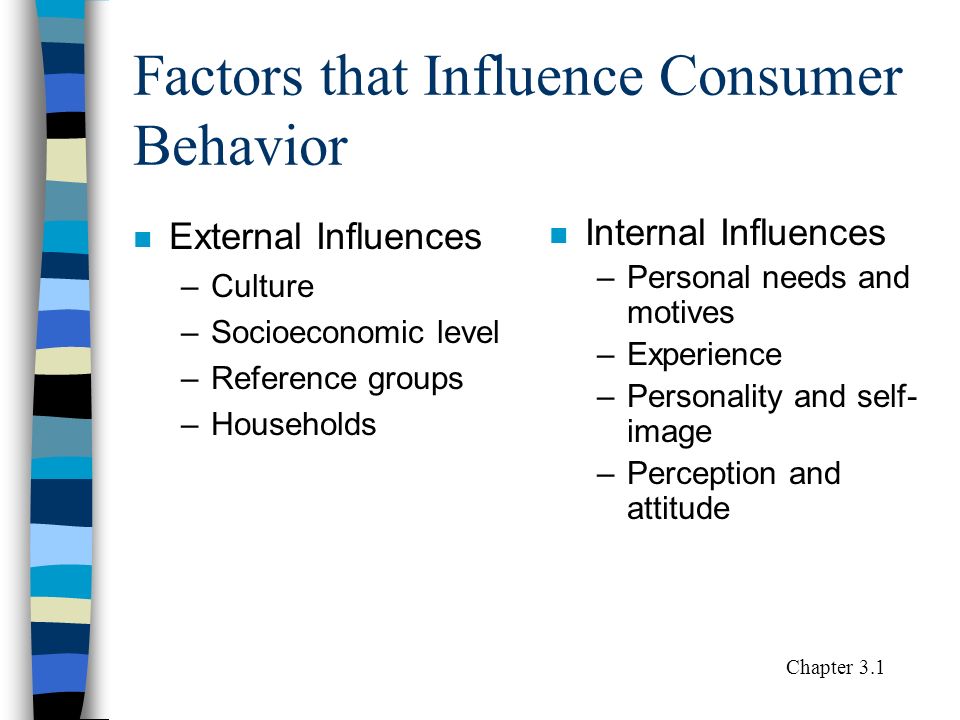 There are two types of cognitive personality traits.
There are two types of cognitive personality traits.
– Visualizers Vs Verbalizers – Visualizers are those consumers who prefer visual information and products that stress the visual whereas verbalizers are those who prefer written or verbal information and products. Some advertisers stress strong visuals to attract visualizers (1), others feature a detailed description or explanation to attract verbalizers.
– Need for Cognition (NC) Need for cognition measures a persons craving for or enjoyment of thinking. It is seen through research that consumers who are high in NC are more likely to see that part of an ad first that is rich in product – related information and are unresponsive to the contractual or peripheral aspects of the ad, such as the model or the situation in which the product is used etc. Consumers law NC are more attracted to the background or peripheral cues in the ad. Such as the well – known model or a famous celebrity. Such insights provide advertisers with valuable guidelines for creating advertising messages.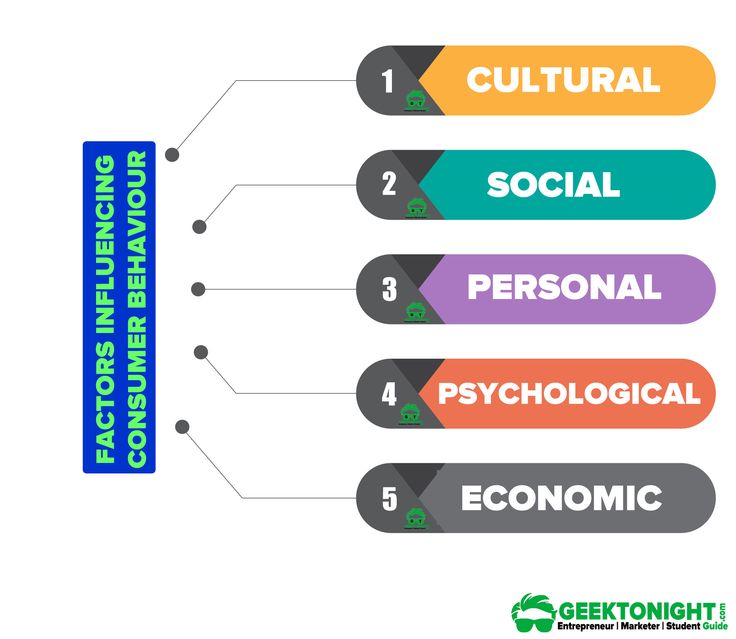
Consumers are interested in several interrelated consumption and possession traits that rang from consumer materialism, to fixated consumption behaviour, to consumer compulsive behaviour. Consumer materialism is a personality trait that distinguishes between individuals who regard possessions as important for their identities and lives and those for whom possessions are secondary.
Materialistic people believe in showing – off, are self centred and selfish. Fixated consumption behaviour is between being materialistic and being compulsive with respect to buying or possessing objects in a fixated manner with regard to consuming or possessing. This kind of behaviour is also in accordance with normal and socially acceptable behaviour.
They possess following characteristics like love, deep interest in a particular object, do not keep their objects or purchase of interest a secret rather display them openly. Compulsive consumption behaviour is abnormal type of behaviour.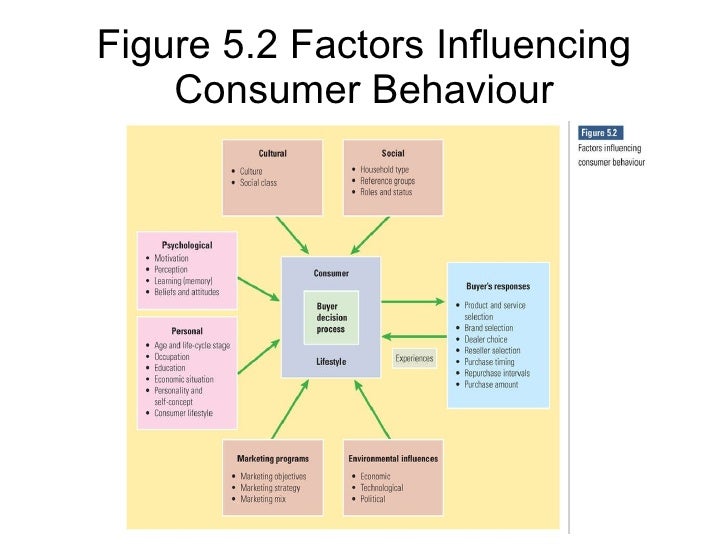 These types of consumers have an addiction and are out of control, eg. are drug addiction, alcoholic etc.
These types of consumers have an addiction and are out of control, eg. are drug addiction, alcoholic etc.
The failure of personality measures to predict consumer behaviour has given rise to new approaches. First, is to study the personality of brands rather than of people. Second is to develop broader more behavioural concepts that are likely to be better targets for market segmentation i.e. lifestyles.
Brand Personality:Consumers tend to assign various descriptive “personality – like” traits or characteristics to different brands in a wide variety of product categories. This is one of the most effective use of the concept of personality in marketing applications. Consumers have consistent patterns that guide their decisions to all brands or consumption situations.
Brand Personality is a portion of the brand’s overall image, understood perhaps by many consumers but more attractive to some consumers than to others. We can define brand personality as the communication goals related to the attributes inherent in a product as well as the profile of the perceptions received by consumers about specific brands.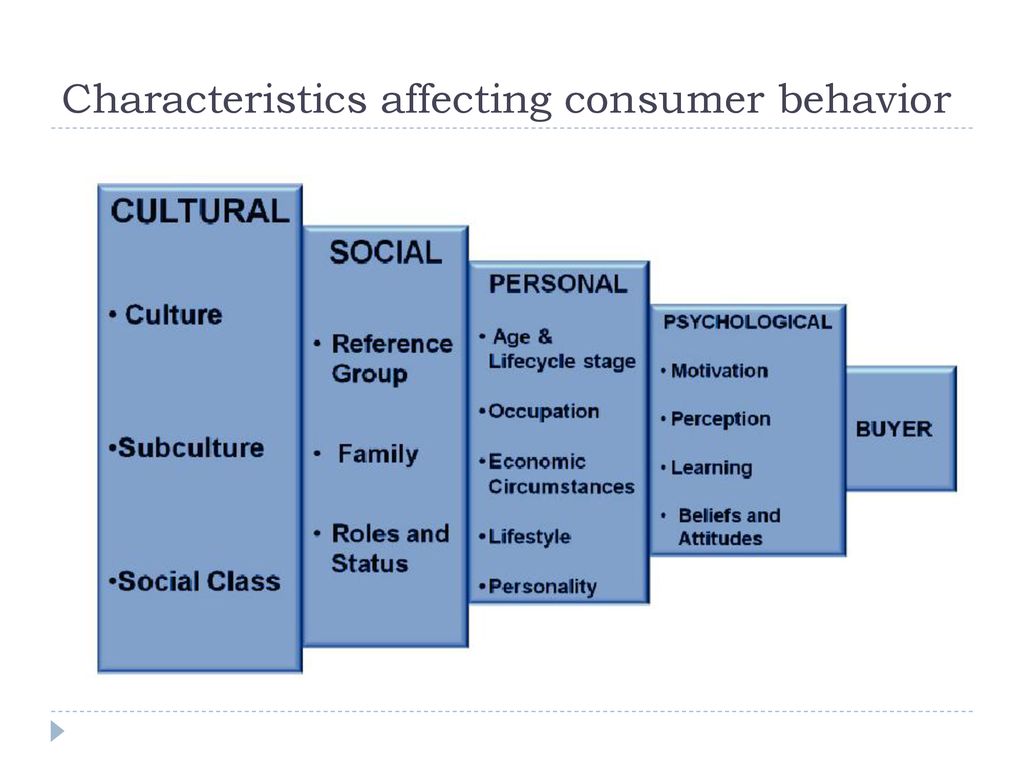
Brands basically have three dimensions:
(1) Physical attributes – such as color, price, ingredients, and so forth.
(2) Functional attributes – this means how the brand is functioning or we can say the consequences of using a brand.
(3) Brands characterization – this means brands personality as perceived by consumers. Brands may be characterized as modern or old – fashioned, or lively or exotic, just the same way as people are characterized.
The brand or product personalities can further be understood by focusing on the emotional responses that are evoked among consumers. This means consumers buy products but want more than the functional or tangible attributes provided by the product. Along with functional attributes they want good experience, good emotional response from using the product. These are also called as “hedonic” benefits.
Consumers not only ascribe personality traits to products or services, they also tend to associate personality factors with specific colors. For example, yellow is associated with “novelty” and black means “sophistication. Therefore, brands wishing to create a sophisticated personal or a premium image use labelling or packaging that is primarily black.
For example, yellow is associated with “novelty” and black means “sophistication. Therefore, brands wishing to create a sophisticated personal or a premium image use labelling or packaging that is primarily black.
In some cases, various products or even brands are associated with a specific color with personality – like connotations. For instance, Coco- cola is associated with red, which connotes excitement. Mc Donalds logo is of yellow and red.
Personal Values i.e. Self Concept or Self Images:Why do some people make their consumption decisions differently than others. Personality can be one reason and another can be personal values. Personal values answer the question, “Is this product for me”? These are particularly important in the need-recognition stage of consumer decision making. Values are also used by consumers while evaluating brands as “Is this brand for me?
Values are basically “ends” people seek in their lives. Marketing often provides the “means” to reach these ends.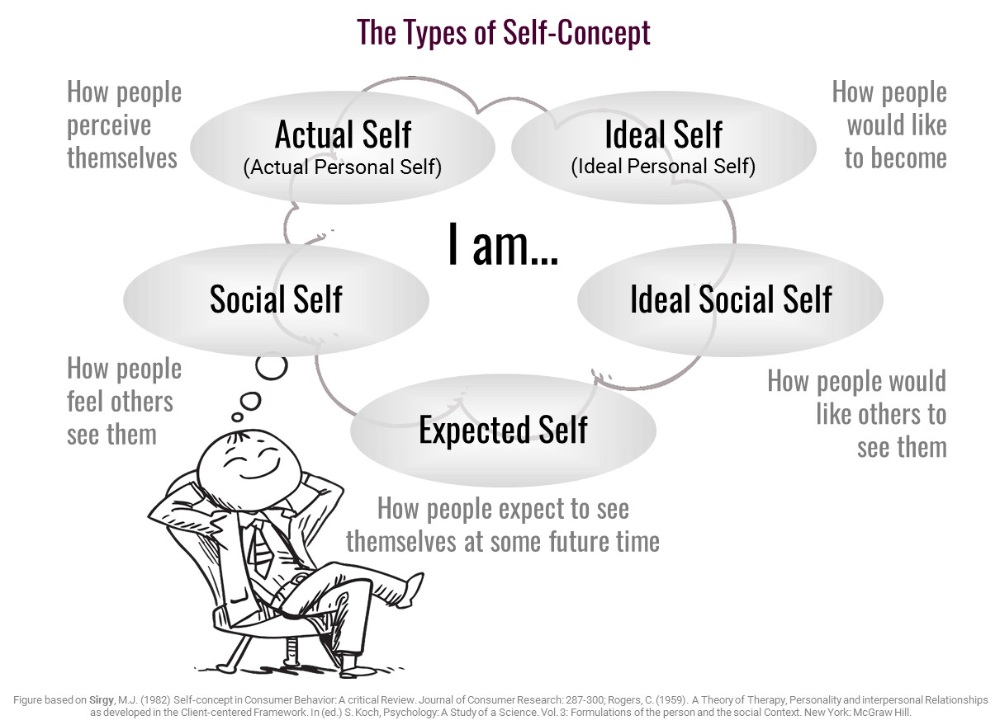 Rokeach has defined values as an enduring belief that a specific mode of conduct or end-state of existence is personally or socially preferable to an opposite or converse mode of conduct or end state of existence. Values are relatively stable but not completely static beliefs about what a person should do. Values are concerned with the goals and the ways of behaving to obtain goals.
Rokeach has defined values as an enduring belief that a specific mode of conduct or end-state of existence is personally or socially preferable to an opposite or converse mode of conduct or end state of existence. Values are relatively stable but not completely static beliefs about what a person should do. Values are concerned with the goals and the ways of behaving to obtain goals.
Self Concept theory says that individuals have a concept of self based on who they are that means actual self. And also the concept of who they think they would like to be that is the ideal self. Consumers are asked to describe how they see themselves or how they would like to see themselves on attributes like –
happy
serious
dependable
practical
sensitive
aggressive
energetic
self-controlled
successful.
Self-Concept means the desire to attain self – consistency and the desire to enhance one’s self – esteem. Attaining self consistency means that individuals will act in accordance with their concept of actual self.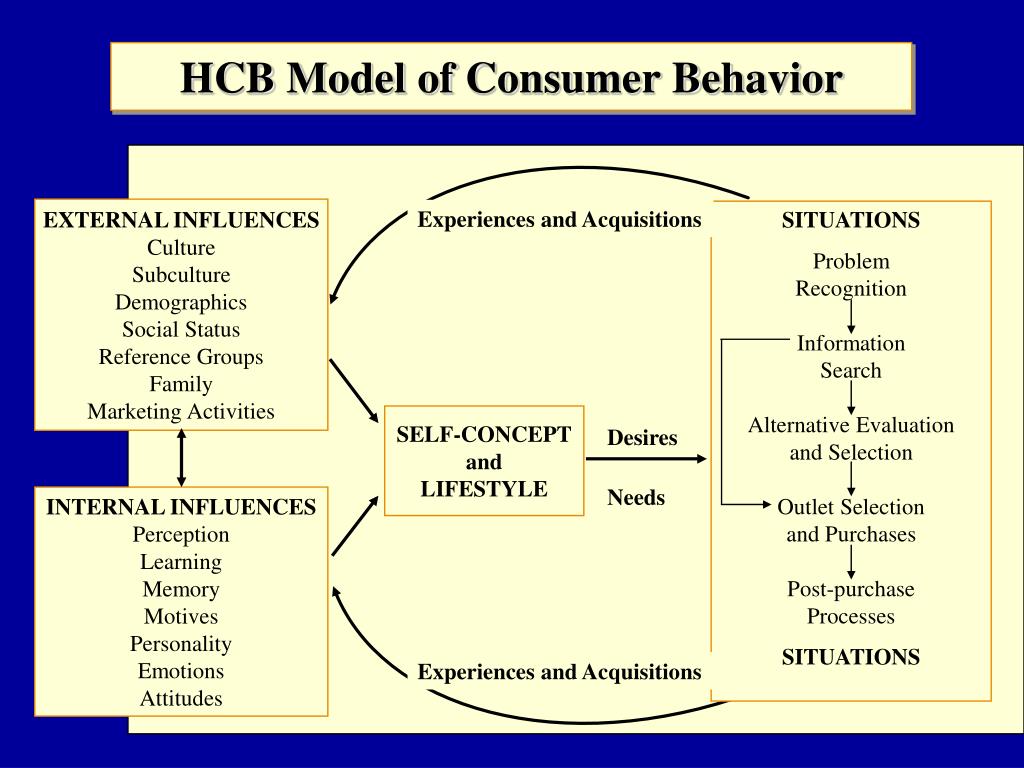 According to the marketer actual self means consumers purchases are influenced by the image they have of themselves.
According to the marketer actual self means consumers purchases are influenced by the image they have of themselves.
They buy products which they perceive as similar to their self- concept. For example – beer, cigarettes, soap, toothpaste, car, clothes etc. all are purchased keeping in mind his/her self concept. Ideal self s concept is related to one’s self – esteem.
According to the marketer, a person who is dissatisfied with oneself will try and purchase products that could enhance their self esteem. For example, a woman who would like to be confident, efficient, modern may buy a different type of perfume or shop at different stores than a woman who would like to be more warm and attractive.
It is not always like this that our self image influences the products we choose but also the products we choose frequently influences our self – image. The products purchased with symbolic (badge) value say something about us and also what we feel about ourselves. Extended self in simple terms means, we are what we wear, and we are what we use, this is also known as symbolic interactionism.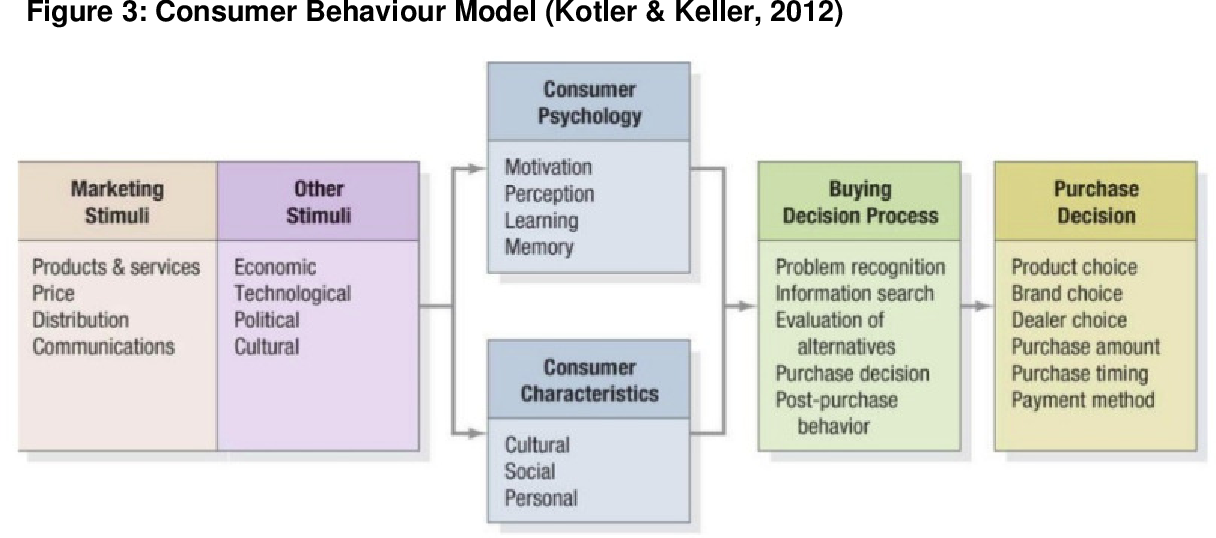
This means it emphasizes the interaction between individuals and the symbols in their environment. This shows that consumers buy products for their symbolic value in enhancing their self concept. For example, products like Rolex watches. Omega watches, Sony CD system, Nike, Reebok shoes, BMW, Hyundai Accent etc., all have symbolic value.
Advertises have understood the symbolic role of products in influencing self-image, therefore, they are using this concept successfully in their ads. Life style Concept
Life Style Concept:Lifestyle can be defined as patterns in which people live and spend time and money. It is one of the most popular concepts in marketing for understanding consumer behaviour and is more comprehensive and more useful than either personality or values. Marketers try to relate the product to lifestyle, often through advertising, to the everyday experiences of the target market.
Life style can also be defined as a mode of living that is identified by how people spend their time (activities), what they consider important in their environment (interests) and what they think of themselves and the world around them (opinions).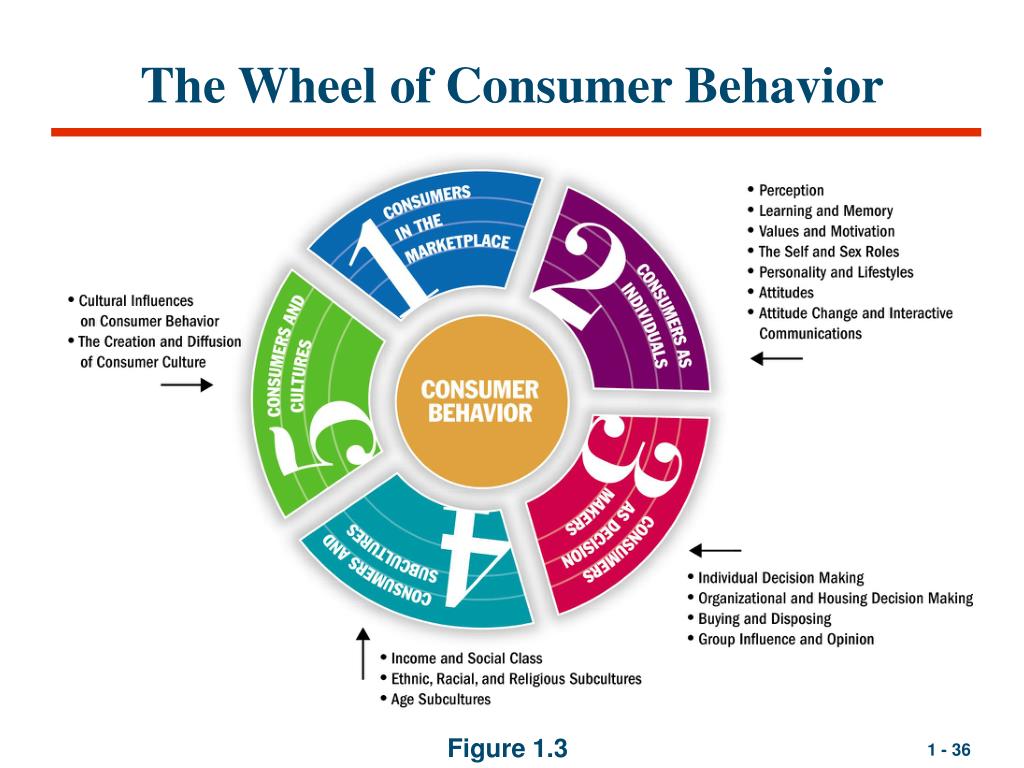
This means lifestyles reflect a person’s activities, interests and opinions (AIO’s). People use constructs such as lifestyles to construe the events happening around them and to interpret, conceptualize and predict events as well as to reconcile their values with events.
Values are enduring but lifestyles change more rapidly. Some of the advertisers for making the ad effective, track trends in lifestyles of key target markets and reflect those lifestyles in their ads.
Psychographic is the quantitative technique used to measure lifestyles and can be used with the large samples needed for definition of market segments. It is a term often used interchangeably with AIO measures that can be explained in the following manner –
An activity is a manifest action such as viewing a medium, shopping in a store, or telling a neighbour about a new service. Although these acts are observable but the reasons for the act cannot be measured directly. An interest in some object, event or topic is the degree of excitement that accompanies both special and continuing attention to it.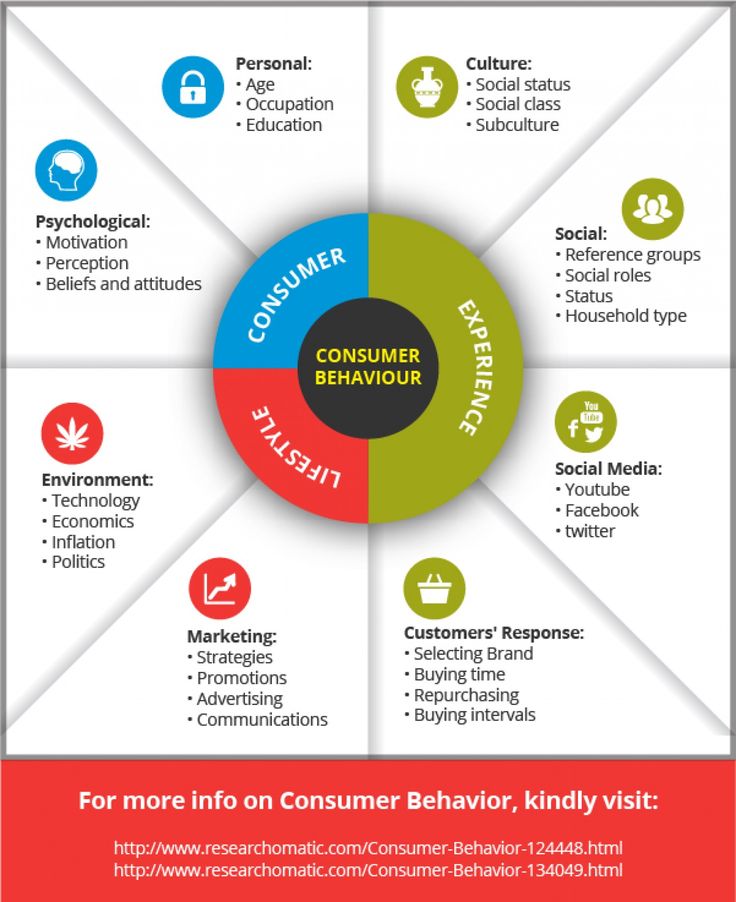
An opinion is a verbal or written “explanation” that a person gives in response to stimulus situations in which some “question” is raised. It is used to describe beliefs about the intentions of other people, expectations of future events and appraisals of the rewarding or punishing consequences of alternative courses of action.
How AIO Statements are Framed?
Depending upon the situations, the statements can be general or specified. They are measured on a likert scales that is people are asked whether they strongly agree, disagree or strongly disagree. In specific statements the focus is on the product and that identify benefits of the product. Researchers usually use the mixture of general and specific statements. AIO’s help in segmenting the market –
Marketers use psychographic studies to define segments and to develop an in – depth understanding of market segments. Marketers now avoid the definition of the segments through AIO’s in favour of using AIO’s to better understand segments that have been defined with more traditional variables.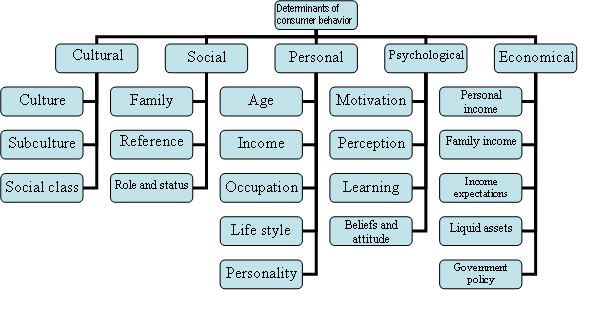
AIO statements can be analyzed by cross-tabulating each statement on the basis of variables believed important for market segmentation strategies such as gender, age, education, income and so forth. Factor analysis can also be used, through mathematical technique for examining the inter-correlation between statements in an attempt to determine common or underlying factors that explain observed variation.
Psychotypes of customers as the basis of their buying behavior
telephone *
e-mail *
1 block
Purchase of a plot of land, building, unfinished or operating business
Do you already have an object in mind that you would like to purchase? If yes, tell us in a nutshell about it.
Do you have a business idea that you would like to start there?
Do you have an existing business in another area and want to diversify into profitable service real estate? Briefly describe the areas you are interested in.
Do you need advice to identify promising areas and suitable real estate or land plots for the chosen strategy?
Are you planning to buy a ready-made operating business?
Do you plan to manage the acquired asset yourself or work with a management company?
Block 2
Operational management
Tell us a little about your business? Business type: hotel, apartment complex, residential complex, enterprise cluster, etc.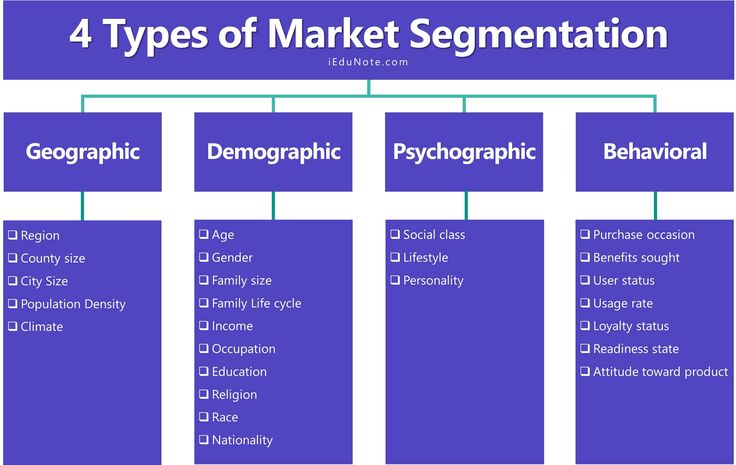 ; room (apartment) fund; location; range of services; main yield zones; volume of material and technical base: buildings, land, etc.
; room (apartment) fund; location; range of services; main yield zones; volume of material and technical base: buildings, land, etc.
Are you self-employed or is the business managed by MC?
What are the GOP (Gross Operating Profit) and costs for the production of a product or service (Labor Cost, Food Cost)?
What business indicators do you not like? Are there any specific shortcomings that you see and want to fix?
How many people work in the sales department? Describe in a nutshell how the work of the department is organized, who is responsible for what?
How often are performance appraisals and trainings conducted?
Does the company have a customer service quality control system?
How are meetings organized? What types of meetings do you host? What departments are involved?
How is the activity of the object planned for future periods: strategic plan, sales plan, etc.? What are financial goals based on?
How do you see the future of your business?
Unit 3
Investment project management
Project concept
Is there a project concept written in the document format? It includes a common vision, composition of enterprises, a range of services, a unique selling proposition (USP) of the future business.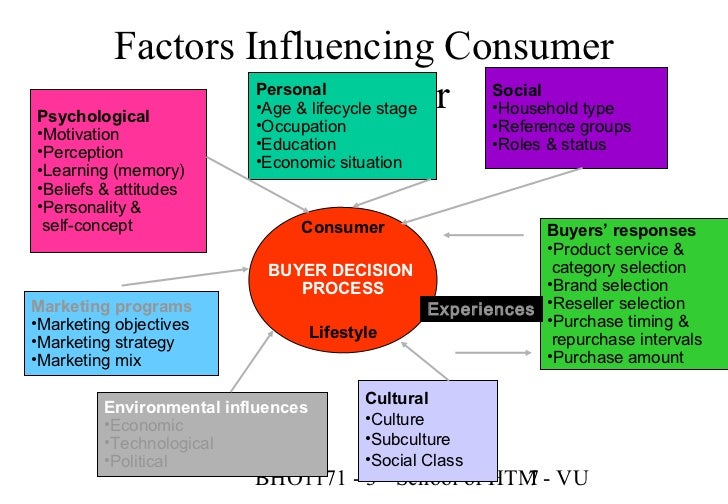
Are there any products or services of the project that can be sold now? Is there a queue for their input at different stages of project readiness?
Has the project branding been developed: brand platform, visualizations, messages? Have you chosen the target audiences for which the future business will work?
Are trademarks registered?
Investments
Do you need additional investments? Which profitability zones of the object will require co-investment, and which ones will require their own?
If the project requires investment, is the documentation portfolio ready for presentation to investors? It usually includes concepts of enterprises, financial models, a business plan with a description of processes and a project implementation scheme, AGOO renders, regulations on the activities of investors within a business, as well as formats for contracts for joining a project.
Are the exact amounts required from co-investors known?
Architecture and construction
Are there any prescribed regulations for construction and improvement in the territory where the project is planned to be located?
Is there an approved concept of architecture and landscaping and a final master plan for it? It must necessarily include a functional zoning scheme, transport and engineering schemes.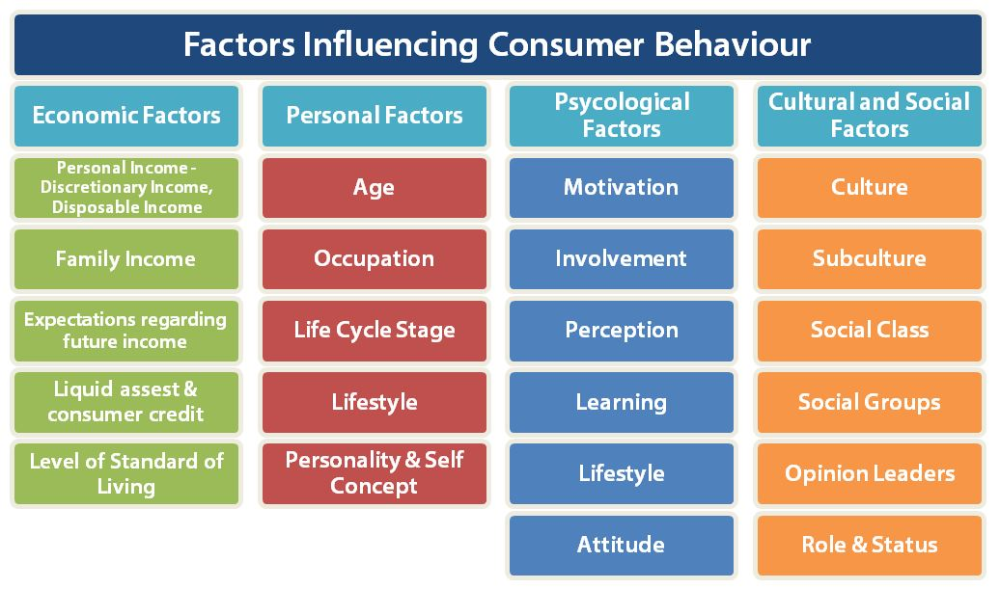
Is there a territory planning project (PPT) and a land surveying project (LM)?
What exactly has been done on the project so far?
How do you operate now in terms of legal forms? And how do you plan to maintain control during operational management?
Is there a Gantt chart for the project? It includes deadlines, resources, contractors, the release of "products" for sale.
Has the financial model been calculated? Separate for each profitability zone of the project or common for the entire project?
Who manages the project? Has a strategic action plan been drawn up? Who controls the timing and implementation of these actions?
Block 4
Sales and PR
How much has already been sold and what specific products or services? What obligations after the sale to customers did you take on? How are they performed?
How is the process of selling to a customer? Have presentation materials, a layout, an advertising video been made? What is the sales kit of the project?
If there are already customers, how do they react to the pricing policy and the project as a whole?
Is there a physical sales office?
How is the flow “money from clients - project work” organized, or is it done spontaneously? If this is a running business, is there an organized system for working with target audiences and monitoring financial flows from them?
How is after-sales customer service organized? How do you communicate project news to them, collect feedback?
How is customer objection handling organized? Have there been cases of refunds to customers?
Are the brand's advertising and PR campaigns spelled out? The PR campaign includes communications, a media plan, a presentation plan, messages for seasonal campaigns and individual events.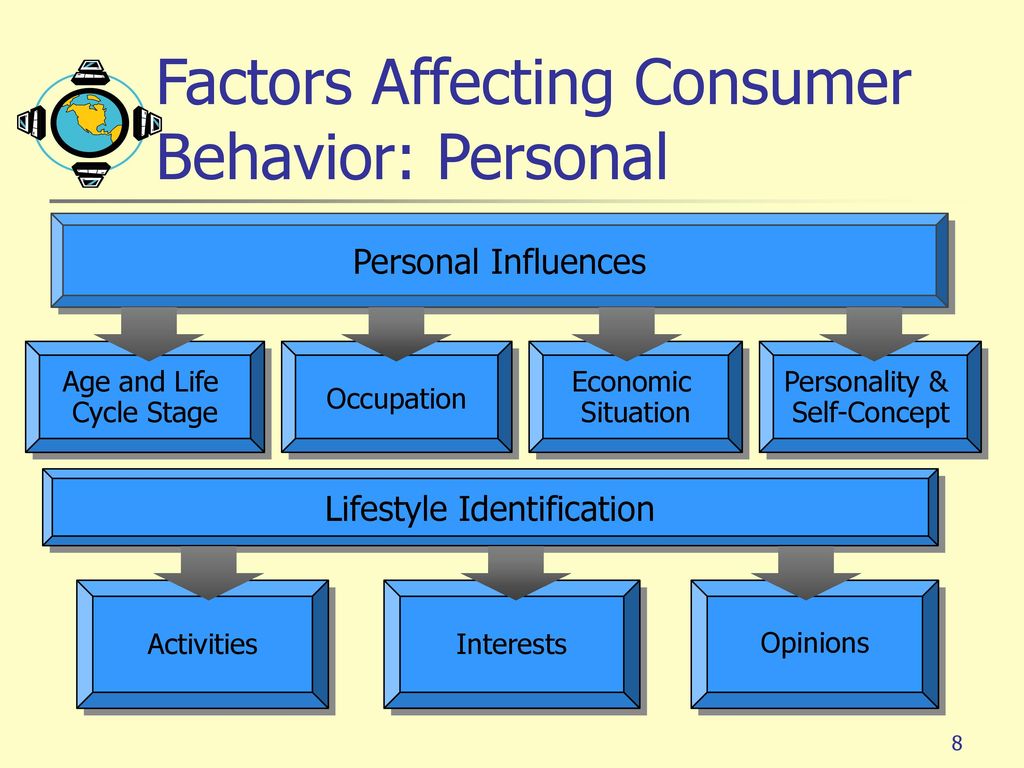
What has already been done on advertising and PR? How many events have been held? What are the conversion and audience engagement? Has the financial result from the activities carried out (ROMI, return on marketing investment) been calculated?
Can you provide a list of partners and their functions? What have they already done for the project? For example, media partners or financial partners.
agree with privacy policy
Consumer behavior: what it is, how it is formed and how to analyze it
This will reveal how customers choose, buy and use goods and services. Thanks to this, you can develop new products, manage pricing, open new sales channels, and much more.
How a customer makes a purchase decision
When making a purchase decision, any person is guided by the following criteria:
- Necessity
- Interest
- Financial ability
These criteria determine the basic behavioral model. Each of us strives to buy the product that will meet our personal interests and benefit, and will also be “affordable”.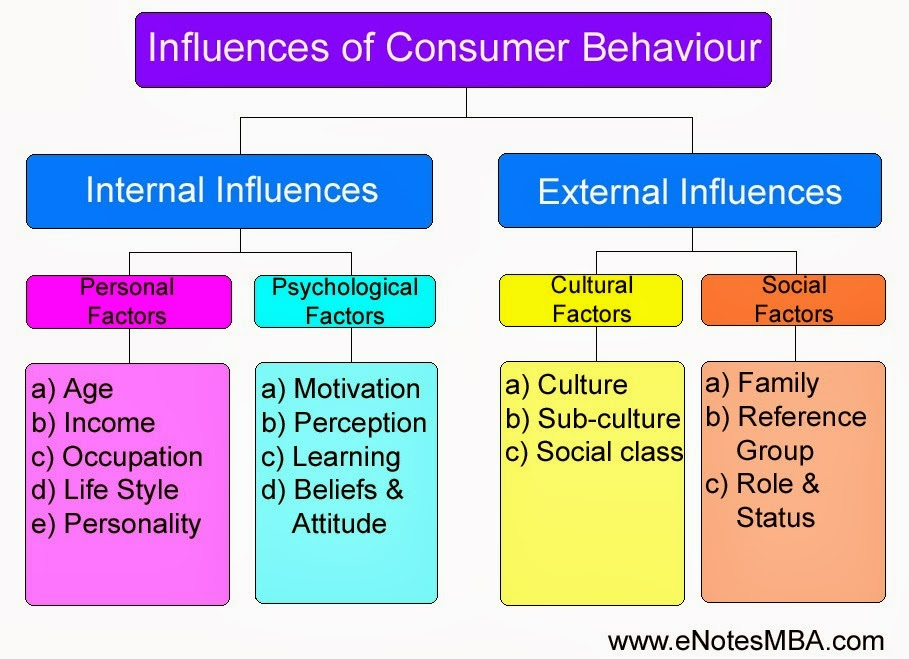 The last criterion is often decisive - all buyers are limited in budget, therefore, within their financial capabilities, they will evaluate the product on a scale of diminishing utility.
The last criterion is often decisive - all buyers are limited in budget, therefore, within their financial capabilities, they will evaluate the product on a scale of diminishing utility.
However, the real behavioral model will also depend on the product category itself, the availability of analogues on the market, the chosen tactics, etc.
Types, types and factors of consumer behavior . This directly affects the complexity of decision making. Depending on the degree of involvement and the difference between similar brands of goods, 4 main types of consumer behavior can be distinguished:
What to do? It is necessary to provide the client with as much detailed and reliable information about your product as possible.
2. Insecure behavior
An example is branded clothing. The product has a limited supply, but there is a high demand for it. At the same time, the product, as a rule, does not have much practical benefit for the client - he chooses it according to taste preferences.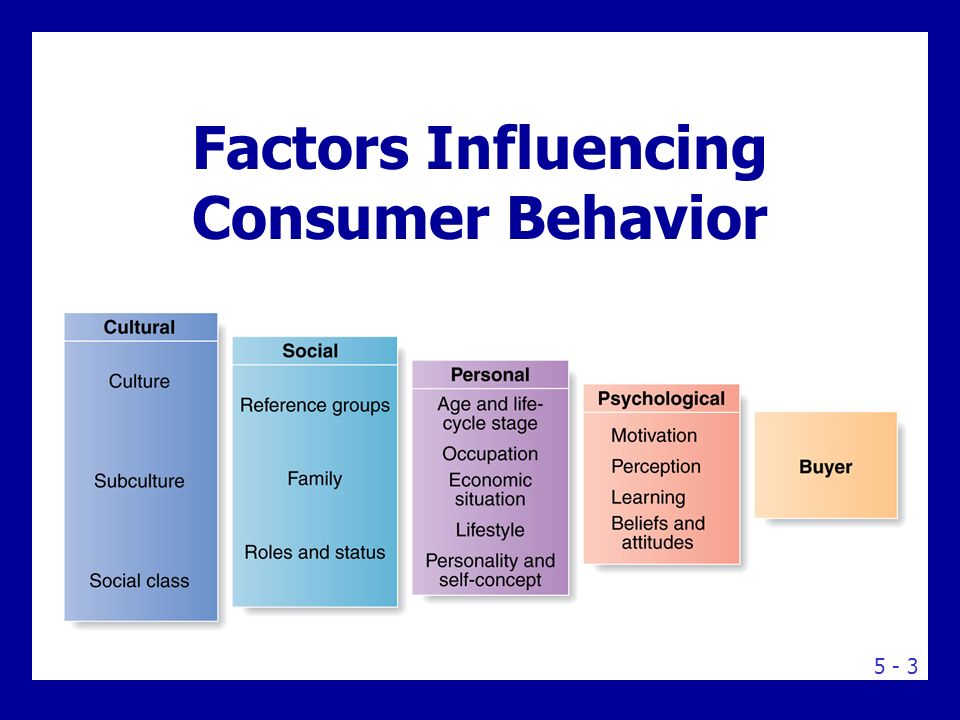
What to do? It is necessary to convince the client that he really needs the product. Handle objections and talk about how the client will benefit.
3. Search behavior
Example - chocolate, sweets. The product has many analogues on the market, differing from each other in properties. As a result, the client tends to try as many options as possible.
What to do? Incentivize the customer - for example, through promotions and great offers.
4. Habitual behavior
Example - salt, bread. The product does not have a high cost and is quite familiar to the client. At the same time, there are analogues on the market that have approximately the same properties and characteristics. As a result, the customer buys the product out of habit.
What to do? It is necessary to attract the attention of the client - this can be done both visually (bright packaging, memorable logo, slogan, etc.), and with the help of discounts, promotions, bonuses, etc.
In practice, rational consumer behavior is far from always encountered, so the client makes a decision based on various features.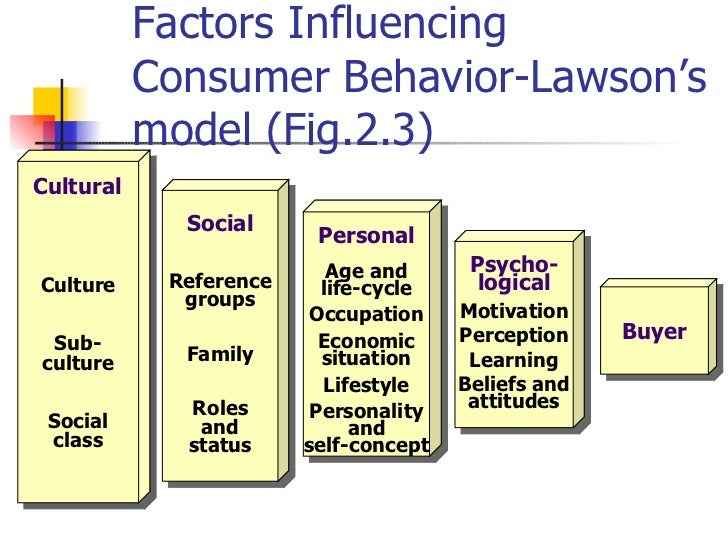 This is called behavioral tactics.
This is called behavioral tactics.
Behavioral tactics
There are 3 main types:
- Primary actions. The client chooses a product because of his commitment (or habit) to a certain brand, type, etc., so he rarely looks towards analogues, even if they turn out to be more profitable.
- Impulsivity. The client chooses a product under the influence of emotions, so it takes a lot less steps to make a decision.
- Search for novelty. The client chooses a product based on recommendations, advertising, etc., as he wants to try something new.
Thus, any client has a basic behavioral model, which is adjusted by the type of consumer behavior and behavioral tactics. However, buying decisions can also be influenced by consumer behavioral factors. For example:
- The belonging to a certain group is a national or ethnic group, social class, reference group, family, etc.
- Age
- occupation
- Lifestyle
- Internal - exists at the subconscious level.
- External - arises with encouragement or inducement.
- Physiological needs.
- Security needs.
- Accessory needs.
- The need for respect.
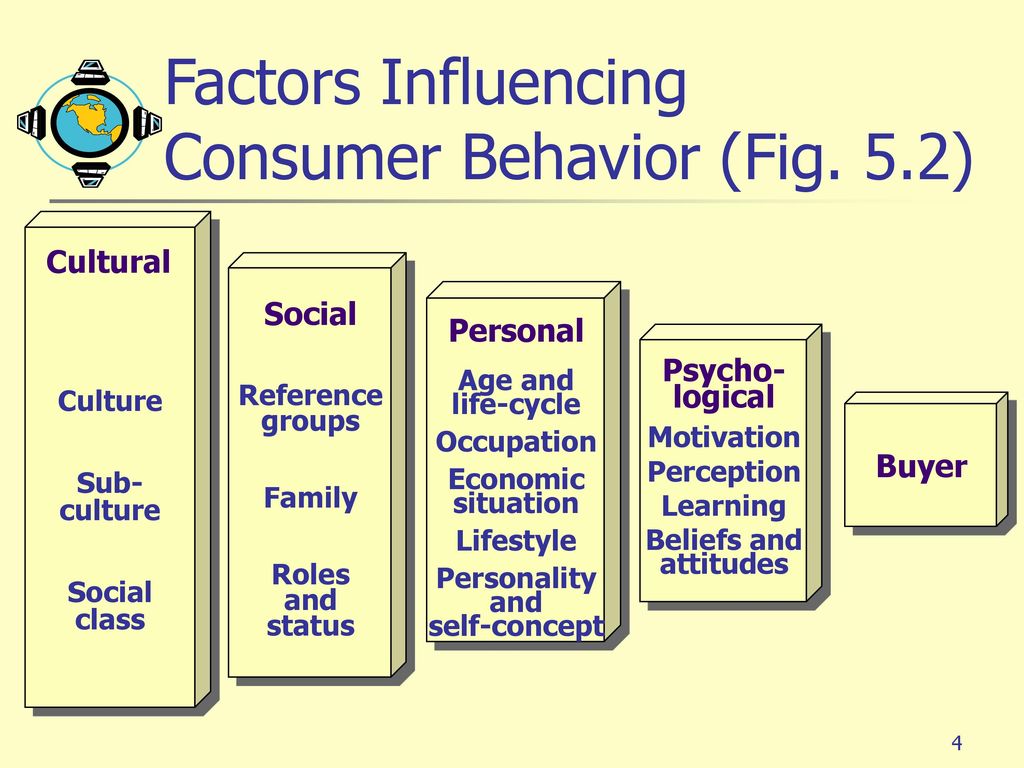
- The need for self-affirmation.
- A - high
- B - medium
- C - small purchases)
- Target audience (AX, BX)
- Audience to focus on (AX, BX, AY, BY, AZ, BZ, CX)
- Audience to get rid of (CY, CZ)
9000 9000 9000.
 - these are the interests, preferences and demands that the consumer is guided by when making a decision to purchase a product. It is of two types:
- these are the interests, preferences and demands that the consumer is guided by when making a decision to purchase a product. It is of two types: At the heart of any motivation is a stimulus, which can also have an internal or external origin. The stimulus creates a need, which increases the level of involvement. As a result, the consumer is purposefully looking for a product with which he can satisfy his needs.
To analyze, evaluate and model consumer behavior management processes, marketers use various theories of motivation. Consider the main ones:
1. Hierarchy of motives A. Maslow
Consumers take turns satisfying their needs, which is the driving motive of their behavior. This queue has the following form:
Thus, the basic motives are first satisfied, after which the subsequent ones are updated. If you know what motive the consumer is driven by, you can determine the criteria for choosing a product. An example of consumer behavior: the client satisfies the need for respect, therefore, when choosing a car, he repels his own image as a criterion. For him, a car is not so much a means of transportation as a tool for emphasizing one's own status. Knowing this, you can offer the client a more expensive model and various additional services.
2. McClelland's Theory of Motivation
Consumer behavior is motivated by three needs:
Achievement of success
Belonging to a group
Management
Successful consumers are risk averse and can take responsibility for their decisions. Clients seeking membership in a group prefer to be associated with members of that group. Finally, people who feel the need for control seek to influence and dominate other people.
3. F. Kotler's theory
Modern motivational theory, according to which consumers acquire not products, but ways to satisfy their needs. Hence, the task of the marketer is to determine the motives that the product can satisfy.
Try IP telephony with call recording Manage calls and track customer loyalty
How to analyze consumer behavior
Consumer behavior analytics can be done in a variety of ways. Consider the most popular.
1. АВС-XYZ study
The method allows to determine the volume and regularity of purchases by groups and categories.
Volume:
Thus, 9 customer groups are formed - AX, AY, AZ, BX, BY, BZ, CX, CY, CZ. This allows you to define the following:
2 Loyalty Index Analysis
After providing any service (such as call recording), ask customers to rate on a 10-point scale whether they would recommend you.